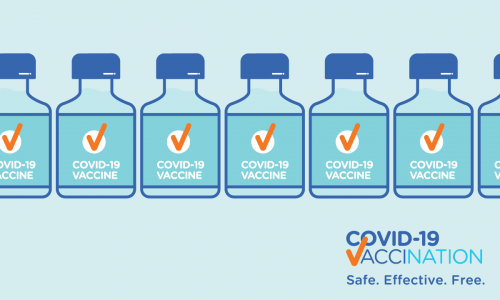So you are doing the right thing and moving your body every day. Sports injuries are likely to happen eventually. 6
What is the best way to treat these injuries? Most people go straight for the anti-inflammatory drugs – Nurofen, Voltaren and Celebrex to name a few of the more common choices. These drugs work by blocking the production of a class of chemicals called prostaglandins, which cause swelling and pain.
This swelling is a very important part of the natural healing process of an injury. The job of the prostaglandins in injury is to bring blood to the area. Blood carries growth factors in platelets and other components that promote tissue healing. The increased blood flow causes the symptoms that we recognise as being part of injury – heat and swelling. The other major symptom, pain, is also part of the healing process – it is a strong message from the body to not use the area, but to rest it, to allow healing.
You can take anti-inflammatory drugs and continue to exercise, but evidence suggests that masking the pain may worsen the injury and delay healing. These drugs are also known to cause significant side effects such as stomach issues and reduced kidney function. In people at risk of dehydration (endurance athletes and the elderly) these effects on the kidney can be disastrous. Acute kidney failure can occur, where the kidney becomes unable to maintain fluid and electrolyte balance or excrete waste products.
So what else can you use?
Paracetamol – studies show that regular paracetamol is just as effective as anti-inflammatory drugs, while avoiding the side effects. It won’t reduce inflammation, so doesn’t delay healing unless you continue to use the area due to the masking of the pain.
Topical anti-inflammatories – Voltaren gel significantly reduces pain and morning stiffness, and improves physical function without major side effects. It is considered a safe and effective alternative to taking anti-inflammatory tablets.
Please ask us in the pharmacy if you would like more information.


